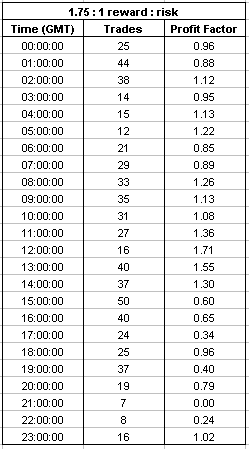GBPCAD - 21st January 2014
I saw a low volatility candle on the close of 20th Jan, and went long on the break of the candle's high on the 21st. Low volatility will usually be followed by high volatility, as we can see here. I took profit early, using a 0.5:1 reward : risk ratio as according to the rules of my Hermes trading system. This meant I missed out on the bullish breakout on the 22nd. You have to stick to your rules, no matter what.
Silver - 22nd January 2014
I opened two trades on silver this week. Spotted low volatility on the close of the 22nd, and went short on the break of the low. Price came within one pip of my profit target before it reversed and took out my stop loss.
When my short failed, I went long and banked some profit. Here's how I managed the long trade.
Both trades were based on my Hermes trading system.
Other thoughts
I also had a trade open on the GBPNZD using my Cernenus system, but I prematurely closed it out of fear. It went on to hit my intended profit target, so I missed out. A trader needs to follow his rules religiously and keep his emotions in check. This particular trade was on the weekly timeframe, which I think is a weakness of mine. It had been open for over three days before I closed it. The longer a trade stays open, the more opportunities there are to deviate from your rules.









